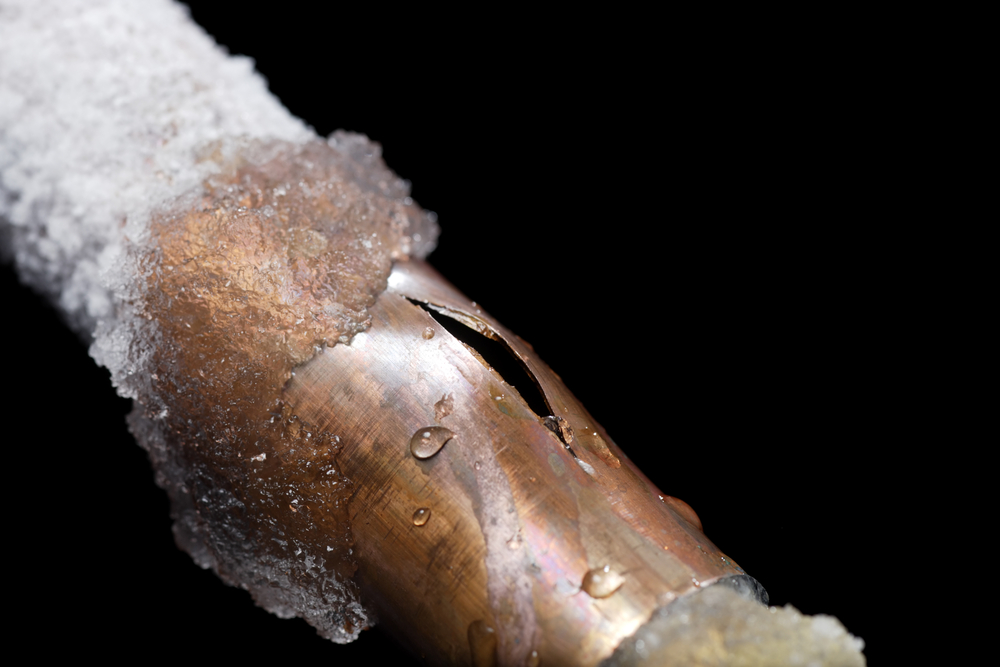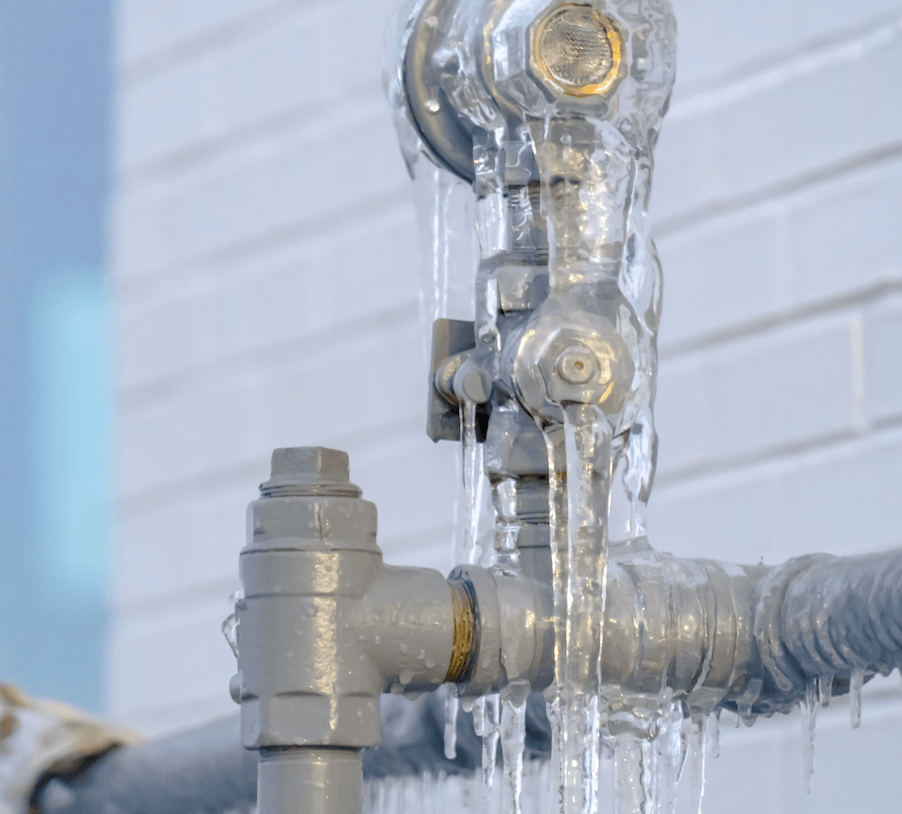Protect Against Frozen Pipes in Winter: Expert Advice
Protect Against Frozen Pipes in Winter: Expert Advice
Blog Article
Do you find yourself in search of advice involving Prevent Frozen Pipes ?

Cold weather can damage your pipes, specifically by freezing pipes. Right here's exactly how to prevent it from happening and what to do if it does.
Intro
As temperatures decline, the danger of icy pipes increases, possibly leading to pricey repair services and water damages. Understanding just how to prevent frozen pipelines is important for home owners in cold climates.
Prevention Tips
Protecting prone pipes
Cover pipelines in insulation sleeves or utilize heat tape to secure them from freezing temperature levels. Concentrate on pipes in unheated or outside locations of the home.
Heating methods
Maintain interior spaces sufficiently warmed, particularly locations with plumbing. Open up cabinet doors to enable warm air to distribute around pipelines under sinks.
Just how to identify frozen pipes
Look for lowered water flow from taps, unusual odors or sounds from pipelines, and visible frost on subjected pipelines.
Long-Term Solutions
Structural changes
Think about rerouting pipelines away from exterior wall surfaces or unheated locations. Include extra insulation to attic rooms, basements, and crawl spaces.
Upgrading insulation
Invest in high-grade insulation for pipes, attics, and walls. Appropriate insulation aids keep regular temperatures and decreases the danger of frozen pipes.
Safeguarding Outside Plumbing
Garden hoses and outdoor taps
Separate and drain pipes yard pipes before winter season. Install frost-proof faucets or cover outside faucets with shielded caps.
Comprehending Icy Pipelines
What creates pipelines to freeze?
Pipes freeze when revealed to temperature levels below 32 ° F (0 ° C) for expanded periods. As water inside the pipelines ices up, it expands, taxing the pipeline wall surfaces and potentially triggering them to rupture.
Dangers and damages
Icy pipes can bring about supply of water interruptions, home damages, and expensive repair services. Ruptured pipes can flood homes and trigger considerable structural damage.
Indicators of Frozen Pipes
Identifying frozen pipes early can avoid them from breaking.
What to Do If Your Pipes Freeze
Immediate actions to take
If you think frozen pipes, keep taps available to alleviate pressure as the ice thaws. Use a hairdryer or towels soaked in warm water to thaw pipelines gradually.
Verdict
Preventing frozen pipes requires proactive steps and quick feedbacks. By recognizing the reasons, indications, and preventive measures, homeowners can shield their pipes during winter.
6 Proven Ways to Prevent Frozen Pipes and Protect Your Home
Disconnect and Drain Garden Hoses
Before winter arrives, start by disconnecting your garden hoses and draining any remaining water. Close the shut-off valves that supply outdoor hose bibs and leave the outdoor faucet open to allow any residual water to drain. For extra protection, consider using faucet covers throughout the colder months. It’s also important to drain water from any sprinkler supply lines following the manufacturer’s directions.
Insulate Exposed Pipes
Insulating your pipes is an effective way to prevent freezing. Pipe insulation is readily available at home improvement stores and is relatively inexpensive. Pay close attention to pipes in unheated areas such as the attic, basement, crawl spaces, or garage. Apply foam insulation generously to create a buffer against the cold. You can also wrap your pipes in heat tape or thermostat-controlled heat cables for added warmth.
Seal Air Leaks
Inspect your home for any cracks or openings that could let in cold air. Seal any holes around the piping in interior or exterior walls, as well as the sill plates where your home rests on its foundation. Additionally, make sure to keep your garage door closed unless you’re entering or exiting. Leaving it open creates a significant air leak that can lead to frozen pipes.
Allow Warm Air Circulation
During cold snaps, it’s essential to allow warm air to circulate evenly throughout your home. Leave interior doors ajar to promote better airflow. Open kitchen and bathroom cabinets to help distribute heat consistently around the rooms. If you have small children or pets, be sure to remove any household chemicals or potentially harmful cleaners from open cabinets for safety.
Let Faucets Drip
A small trickle of water can make a big difference in preventing ice formation inside your pipes. When temperatures drop significantly, start a drip of water from all faucets served by exposed pipes. This continuous flow helps prevent the water from freezing. Additionally, running a few faucets slightly can relieve pressure inside the pipes, reducing the chances of a rupture if the water inside does freeze.
https://choateshvac.com/6-proven-ways-to-prevent-frozen-pipes-and-protect-your-home/

Hopefully you liked our part about How to Prevent Your Pipes From Freezing. Thank you so much for taking the time to read through our blog. Sharing is good. You won't know, you may very well be doing someone a favor. Thanks a lot for being here. Please stop by our website back soon.
Click Here Report this page